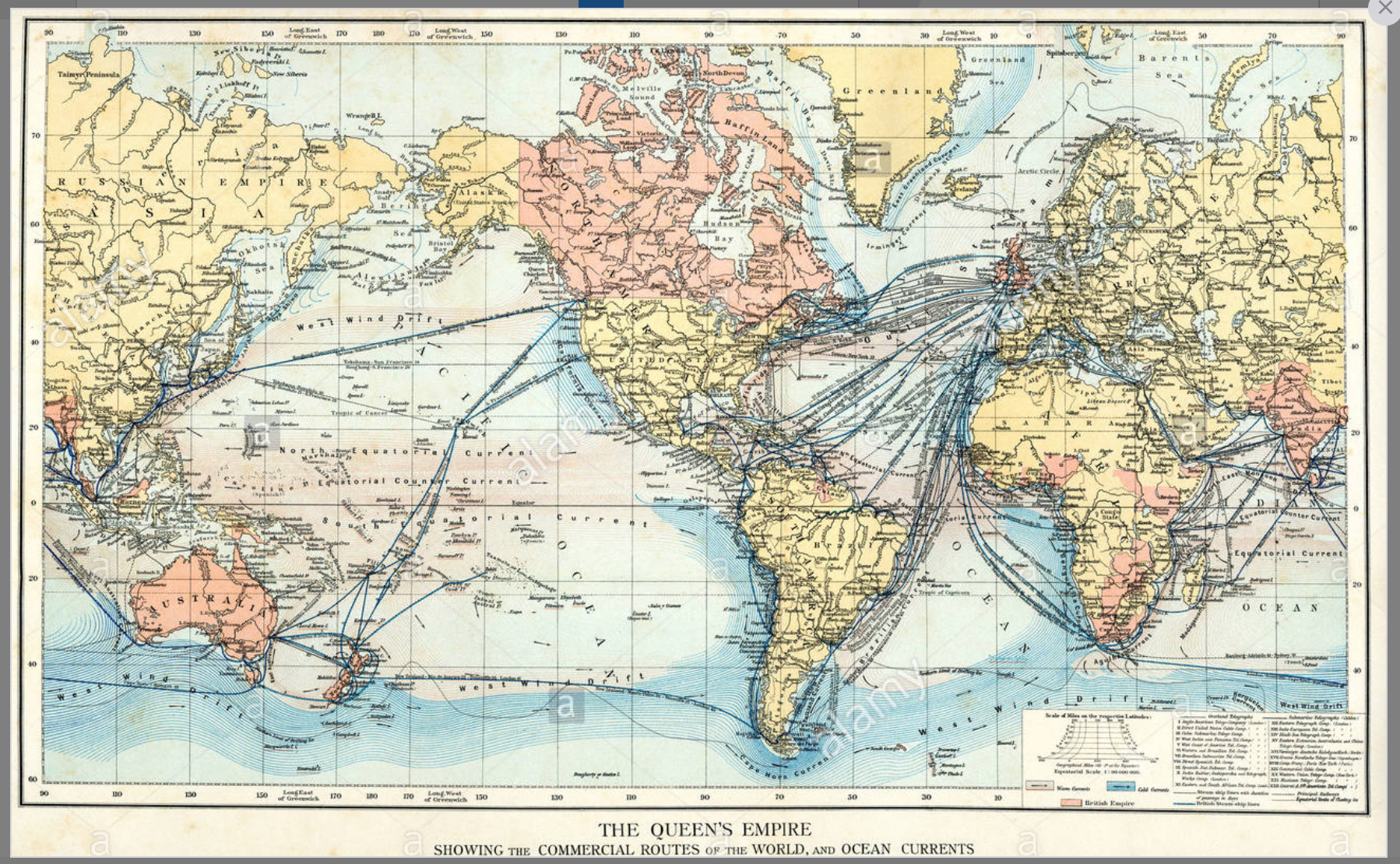From the very start, the CML focused on the issue of languages, with a research strand dedicated to issues of translation and language status, both from medieval and modern perspectives. After reshuffling of some of the research themes, the languages strand became ‘imperial languages’, aiming at being a model through which to understand issues of language status and development within written languages in the Middle Ages. Medieval high-status languages have often been labelled ‘holy’, and some languages are primarily so. But when talking of e.g. Latin, Greek, or Arabic, we believe that one should rather focus on the enormous importance that these languages acquired by being, or having been, the languages of a running empire. For this administrative and educational use, imperial languages became highly standardized through grammars and/or literary canons, supported by a school system and institutions of learning. Imperial languages were used across all domains of knowledge (religion, science, literature, government, law) and worked as a central means for conveying the empire’s representations of itself (laws, laudatory speeches, inscriptions on coins and buildings, etc.). And, most importantly, imperial languages exerted a major influence on the development of literate written traditions in other, local languages, and some of these vernaculars in turn became imperial languages themselves.
The resources available to Latin, Greek and Arabic make them a natural point of departure for studying the whole pattern of European languages that possess a medieval written record. The rich resources of imperial languages underpin a complex dialectic between hegemony and desire: imposed, through conversion, colonization, and bureaucratization, imperial languages also represent a cultural capital which is desired from within and from without an empire. Languages carry a special weight when it comes to medieval studies. Many written languages employed in the Middle Ages were later shaped into national languages, which has profoundly informed the way that they have been studied. Exploring the use of writing in local languages within the ‘Imperial Languages’ framework circumvents later nationalizing paradigms, opening up space for scholarly debate across the different philological traditions.
The ‘Imperial Languages’ idea was discussed at several CML seminars and was the central idea behind two workshops in 2014 and 2016 (organized by Høgel and Peter Fibiger Bang). It was also presented in an article by Høgel in 2018, giving working definitions of the concept and offering a framework for how to utilize the concept also in modern discussions of world literature. The idea has in a broad sense contributed to the CML’s connective methodologies. Tyler has studied the use of written Old English as part of the development of an “imperial” English kingdom, and several members of the CML have participated in discussing the wide spread of French as an alternative Latin rather than an identity marker and in developing a model of Byzantine literature as multilingual. Mortensen has published on the German-Roman Empire and analysed its mainly Latin literature (c. 1050-1200) as an imperial literature. A seminar organized with researchers at Kings College London, SOAS and the Courtauld in 2017 also had the concept of ‘imperial language’ as a core element. Furthermore, ‘Imperial Languages’ has been a central element of our Afro-Eurasian approach (still retaining a European perspective), which has been pivotal to our collaboration with the David Collection (Copenhagen), where the CML was the organizer of three workshops (in 2017, 2019, and 2022) on material approaches to a literary history of the Silk Road. The concept will also be central to the upcoming 2024 CML conference.
